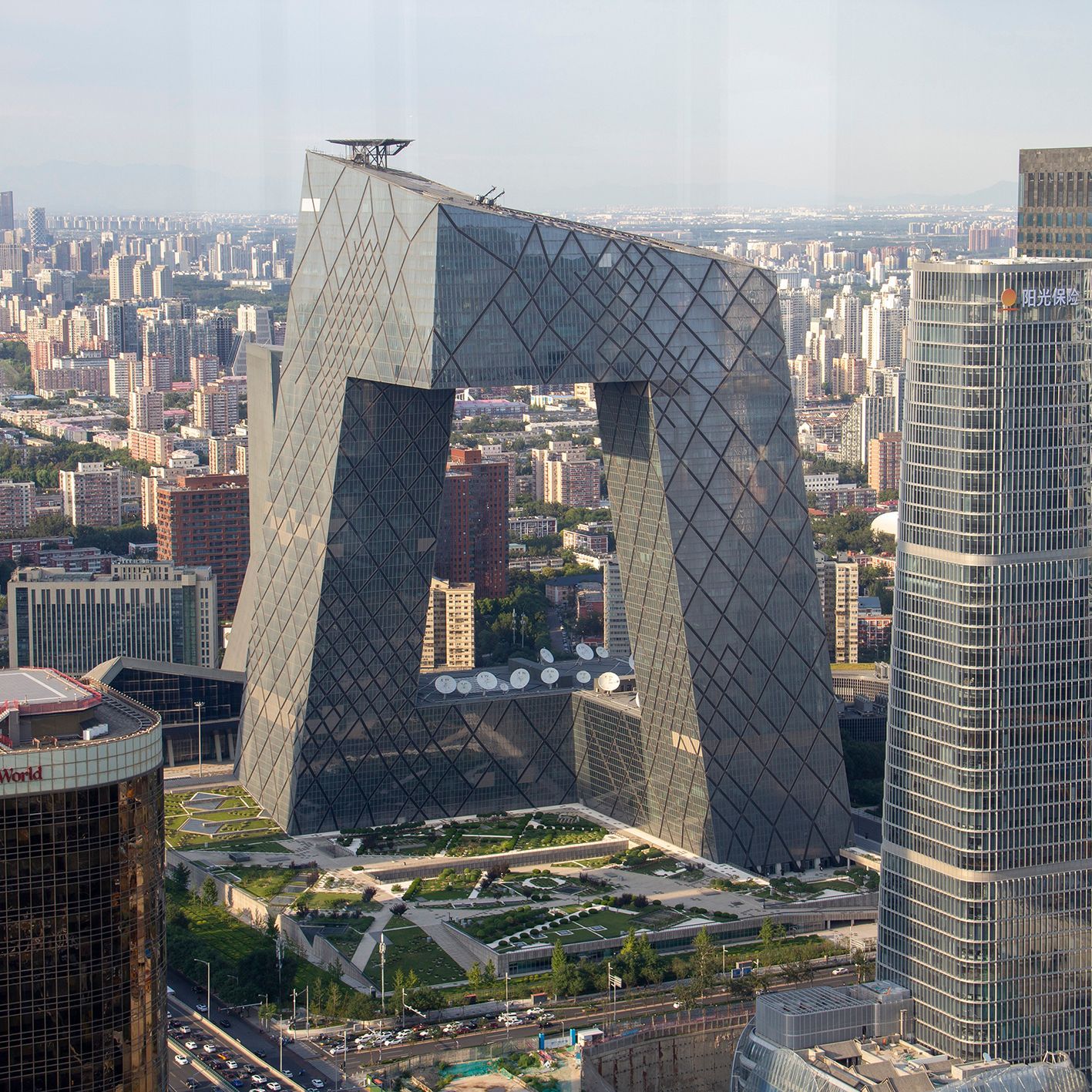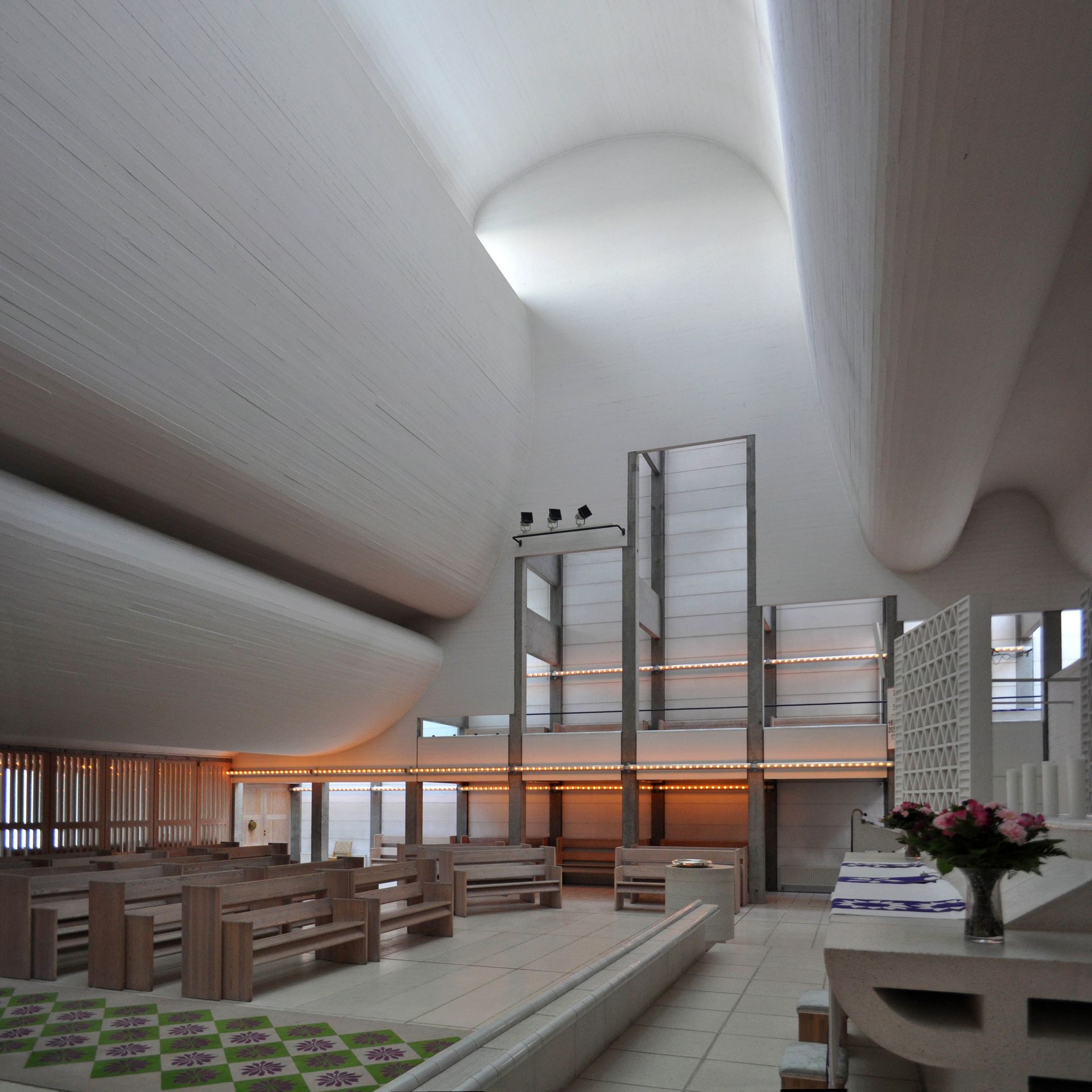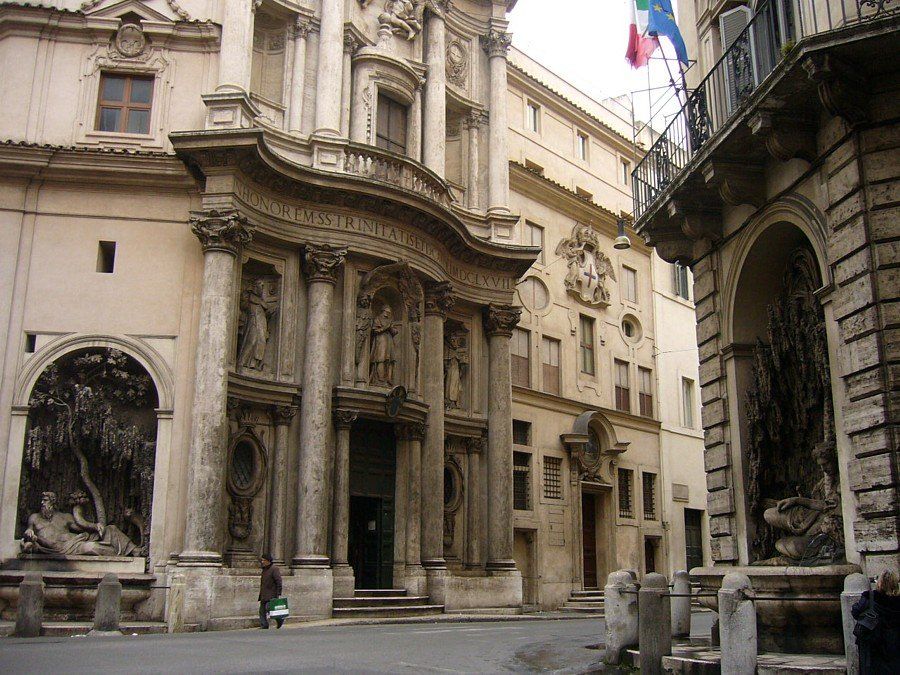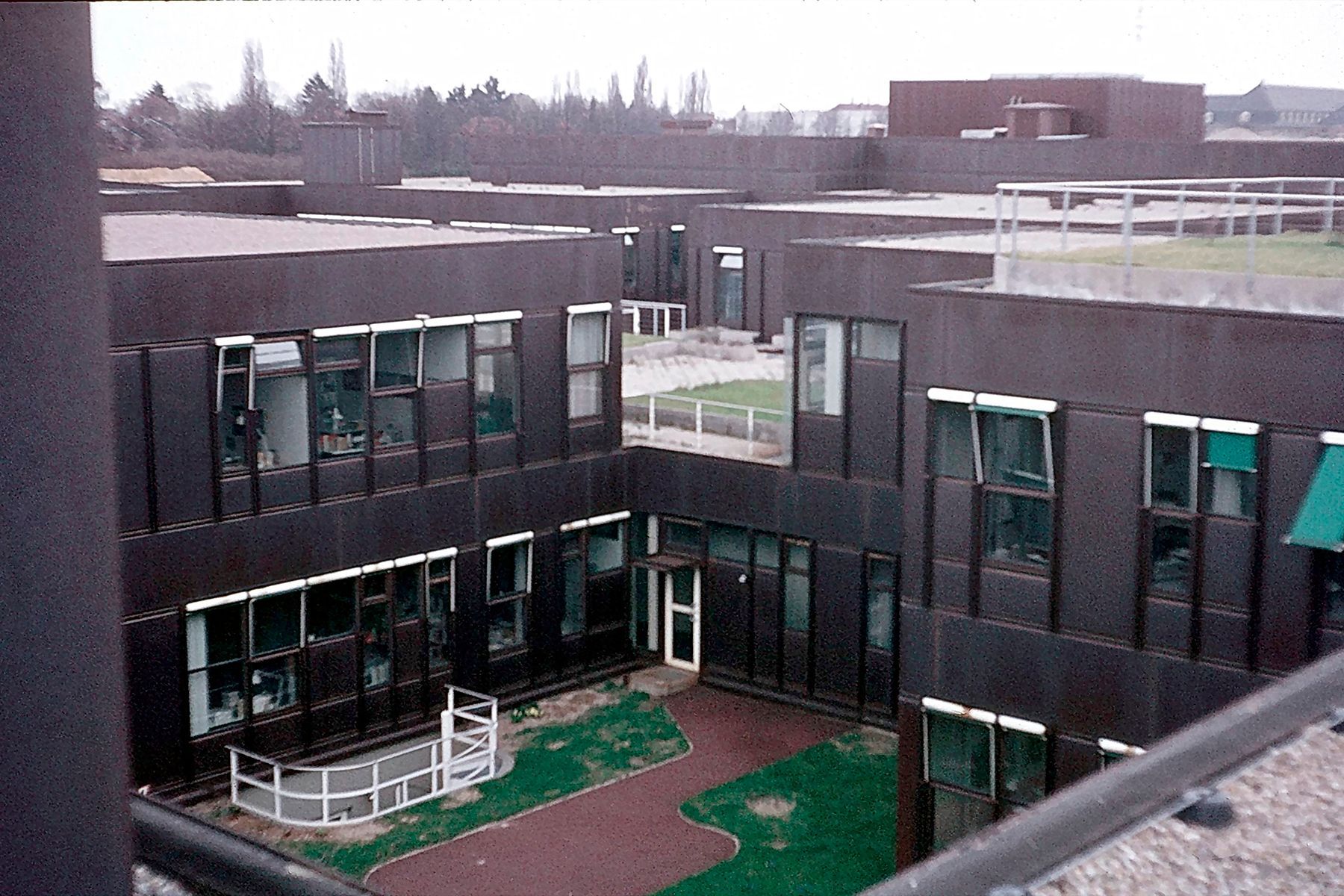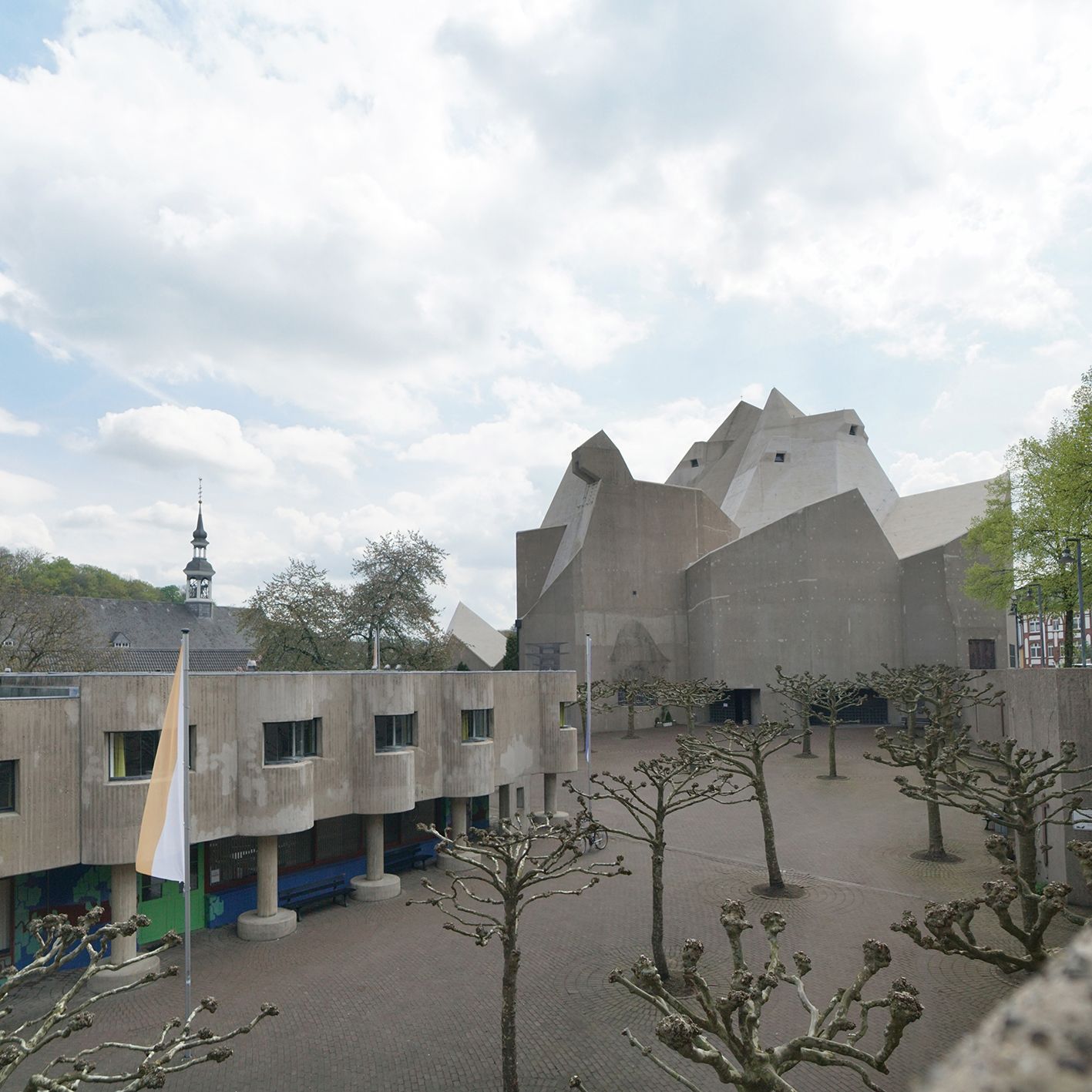
Historically, established powers have defined art as the creation of the ‘Beautiful’. From Plato, whose concept of beauty centered on order, norms, and rules (geometry), to Diderot and his Trinity of the truthful, the good and the beautiful, the ‘Ugly’ was excluded from the realm of Art. The ugly was indeed present but often metabolised with pedagogical intent: the monsters existed to instil fear and promote compliance. Alternatively, they were simply considered wrong, as in certain circles, Mannerist Architecture of the 16 th Century still is. It is only with Kant, Hegel and later with Nietzsche that the representation of imbalance, pain, and dissonance (the ‘ugly’) began to be understood, accepted and acknowledge as essential and intrinsic to the creation of Art. As we now appreciate works like Leonardo’s Grotesque Heads and Rouault's Clowns as works of Art, one cannot help but wonder if we can develop an equivalent value system for 'ugly' architecture.

We know what a ‘Gothic City’ is, but we can’t say where it is because it doesn’t exist. It’s common constituents (Specifics) allow us to find its essence (Abstraction). We have generated the ‘idea’ Gothic City, just as we have elaborated the idea ‘table’ based on our perception and experience of all the tables we encountered during our lifetime. The more concrete experience we have, the richer, deeper and more complex the abstract idea we generate will be. Abstraction and Specificity are a dialectic unity where the general and the particular, permanence and change, and the unique and the diverse interact to form the whole. Artistic tendencies that respond only to the general, universal, ideal (abstract); discard the individual, the specific person with their needs and their potential. Conceptually, the International Style followed this tendency. In Malevich’s White on White all that is specific is eliminated; it is the perfection of the non-existence. On the other hand, works that only aim to satisfy the particular, the individual, ignore the common constituents of a culture, and are left standing on their own in a vacuum. Would architecture be at its best when the dialectic forces of Specificity and Abstraction are in balance?

Walter Benjamin proposed that the ‘aura’ of a work of art is devalued by mechanical reproduction i.e. the action of mechanical reproduction diminishes the original art work by changing the cultural context (original vs, copy); thus, the ‘aura’ (the unique aesthetic authority) of an artwork is absent from the mechanically produced copy. With the reproduction of a work of art, alongside the loss of its ‘uniqueness’, comes greater accessibility. Accepting the risk the reproduction entails, its importance is invaluable: it makes access to art more democratic. Whilst Caravaggio’s The Crucifixion of St. Peter is evidently unique, its prints and image reproduction allow people who don’t have the opportunity to visit Rome to appreciate the masterpiece. Even if reproduction means the loss of the ‘aura’, what is not lost is the aesthetic pleasure one might have, which in turn enriches life. And, as the work of art is not art without the interaction with a receptor (public), we could say reproduction enriches the original as this is re-interpreted and re-created by a larger audience.
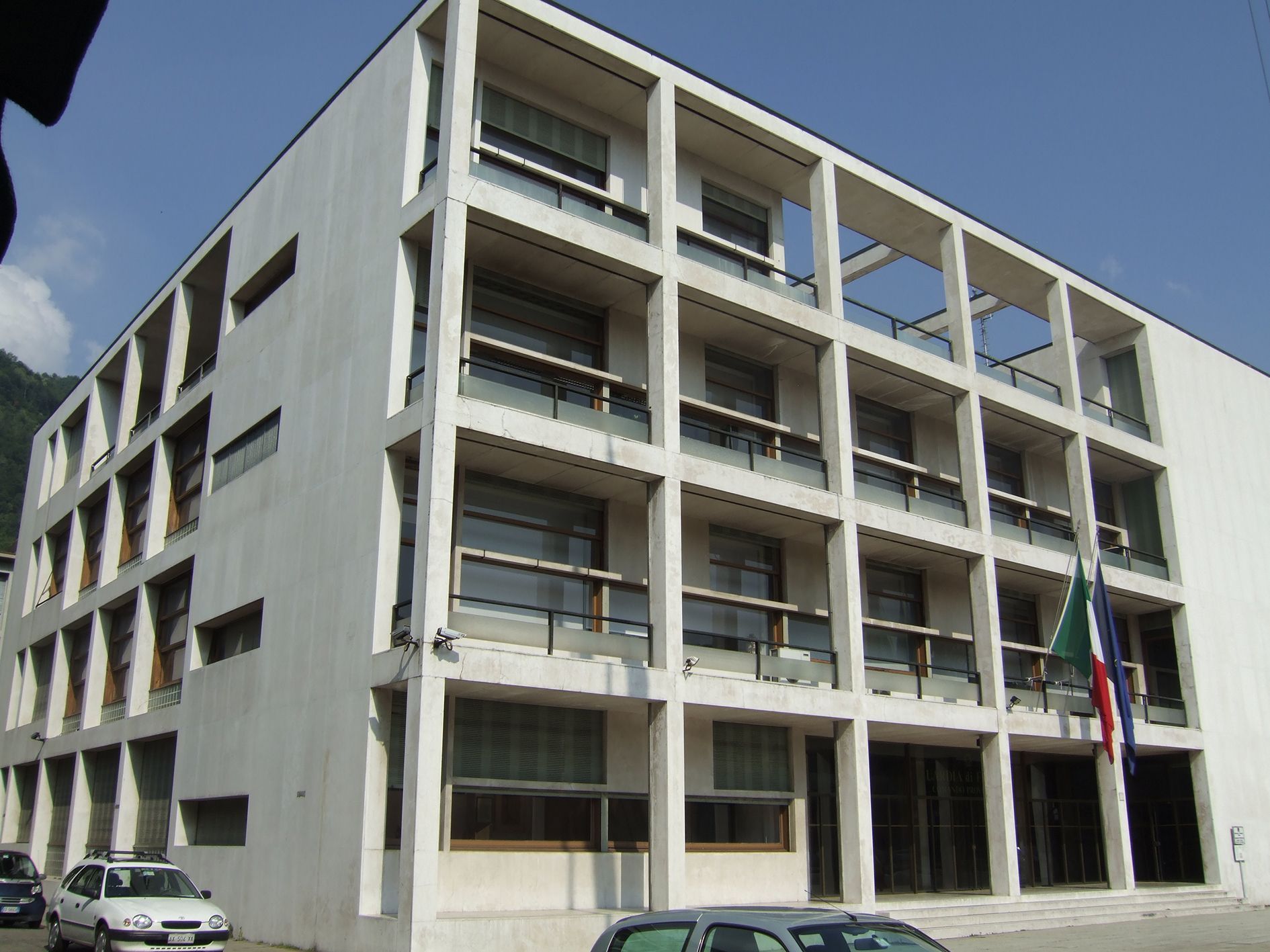
Style is a set of formal concepts which leads to the selection of formal elements to be arranged in a discernible manner. It is not composition but is intimately related to it. Style refers to belonging and constancy. Style is a repository developed by a period and a place that, with its syntax, establishes a typology (rules). It develops in response to specific historic context. The International Style, with its ‘elements’ made of concrete, steel and glass arranged in a syntax of the modern industrialised age, arose from particular architectural and political thoughts in the 1910s. Contrary to the substance of Style, does the repetition of certain architectural ‘mannerisms’ (language implies thought) denote the pursuit of ‘Fashion’ with its subsequent copy, transience and superficiality?
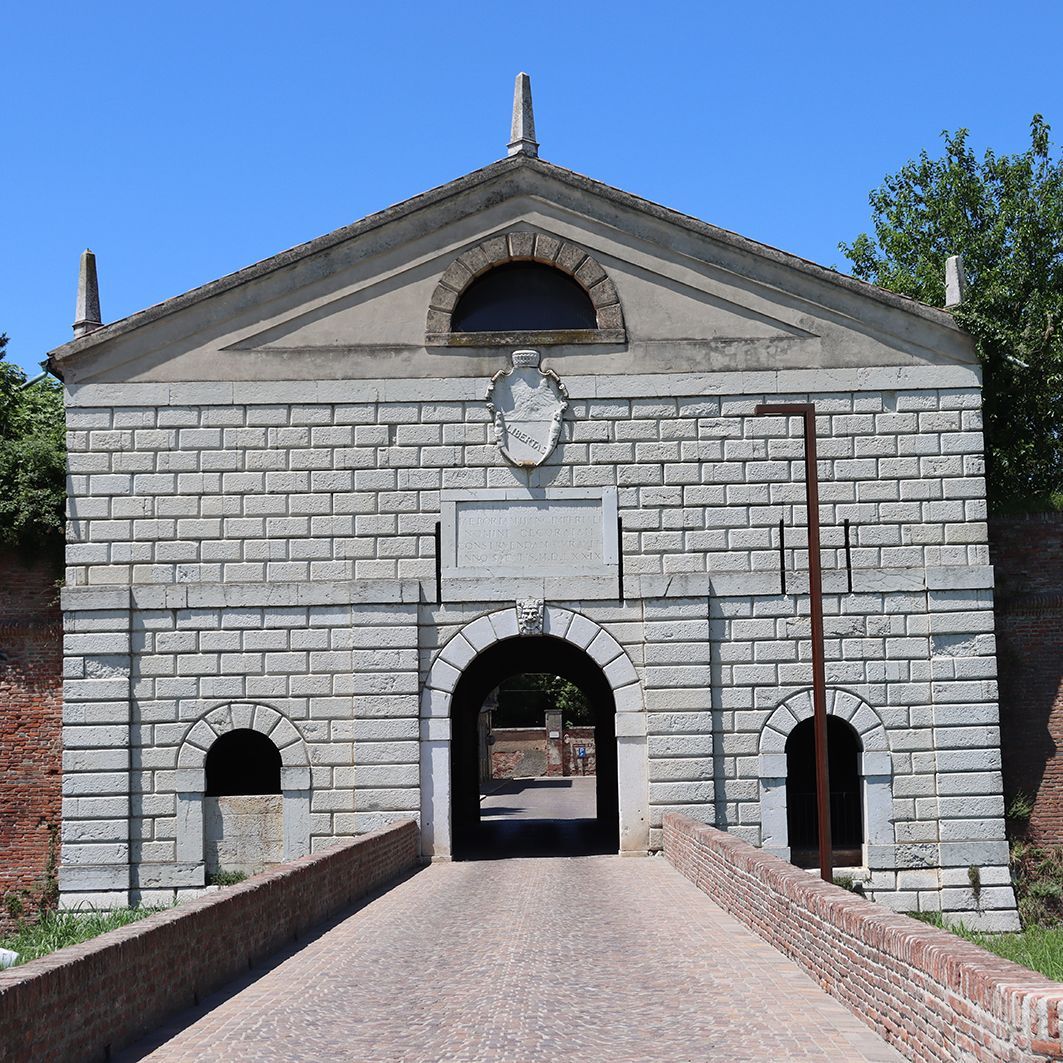
In Art, whether we are conscious or not, taste is not a physiological response; is the result of experience and choices we make. It is always anchored in an ideological base. Knowledge forms ideas, and with an ideology we are able to judge. We are responsible for our taste. If we don’t know why we like or dislike something, or if we don’t analyse the mechanisms of our judgment, we forfeit our conscience. In design, what is good taste? is it the re-edition of trends? Is it pure rebellion? Or good taste is to work with creative attitude inside of what exist to generate new responses?…
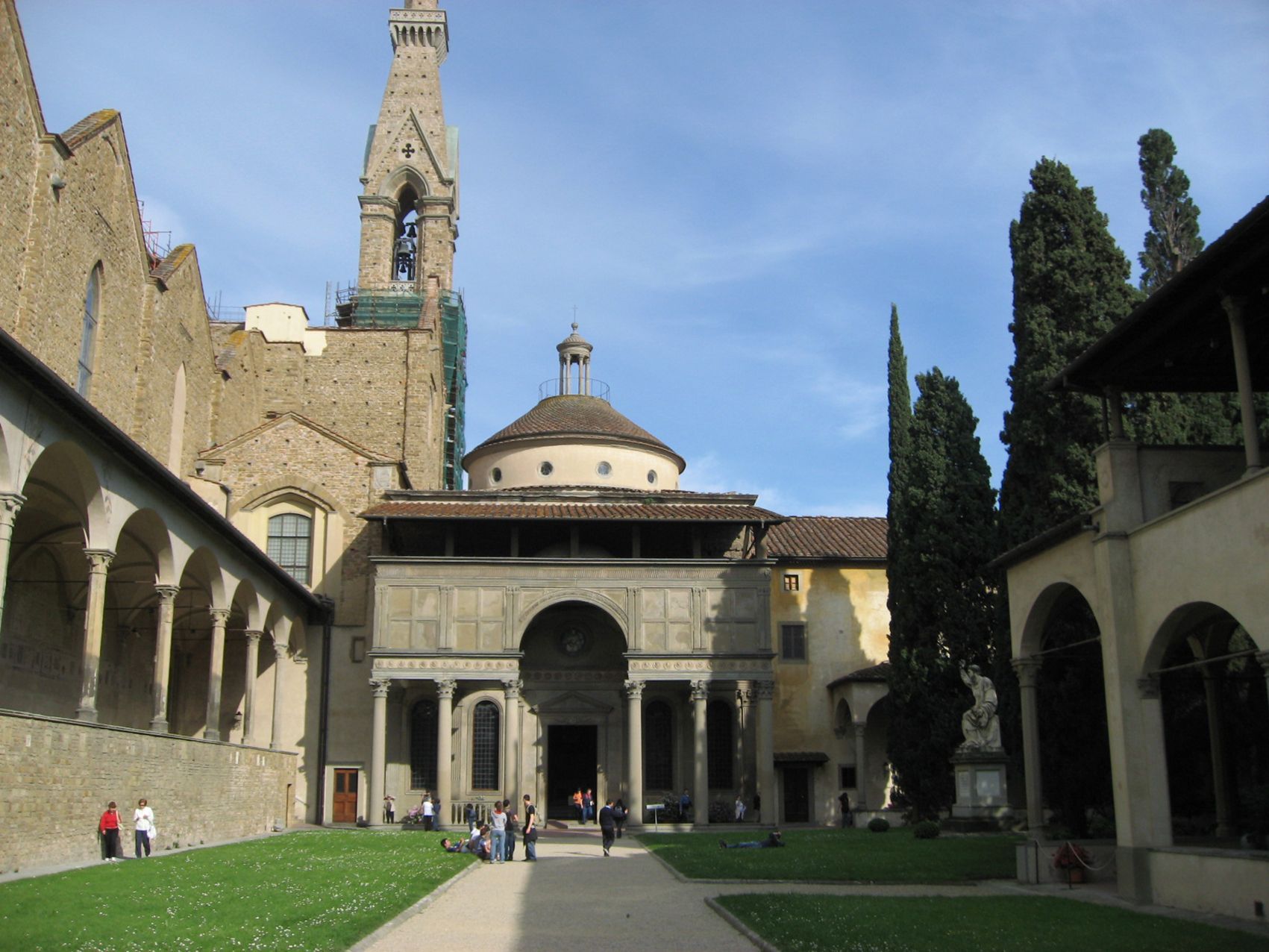
Throughout history we can observe how Architecture has responded to the dichotomy of the Subject- Object dialectic. The Renaissance was the expression of a social project in which reason prevailed and where the Subject was organised in a predictable structure. In contrast to the particular, universal doctrine was exalted. In architecture, harmony was geometrically expressed and order meant rational composition. The beauty of this movement resides precisely in this lattice of everything being objectively rational , secured and ordered, with little or no acknowledgment of the personal . Mannerism arrived when the social project of the Renaissance could no longer be sustained. The XVI century was unstable and could not offer the illusion of order for the individual. The architecture responded with tension and instability, expressing and stimulating the Subject to participate, to make choices, to take decisions. The beauty here resides in the unexpected. Today, certain celebrated architecture based on classical neo-rationalist composition, seems to be adopting a Renaissance approach, as if the individual (particular) should be contained within a rigorous order (universal) . One wonders what the relevance of such an approach is when we consider the times in which we live.
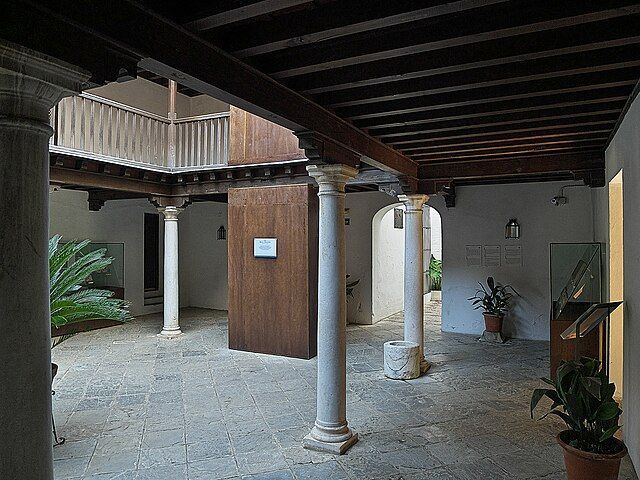
Symbols suggest meaning without revealing it. They are signs that articulate the un-known with the known. More than creating space, architects symbolise space. Architects do this by symbolising the client’s internal and external realities, their history, their desires, their duration . Through this process of symbolism, the architect generates the potential for the client’s self-expression through their habitat.
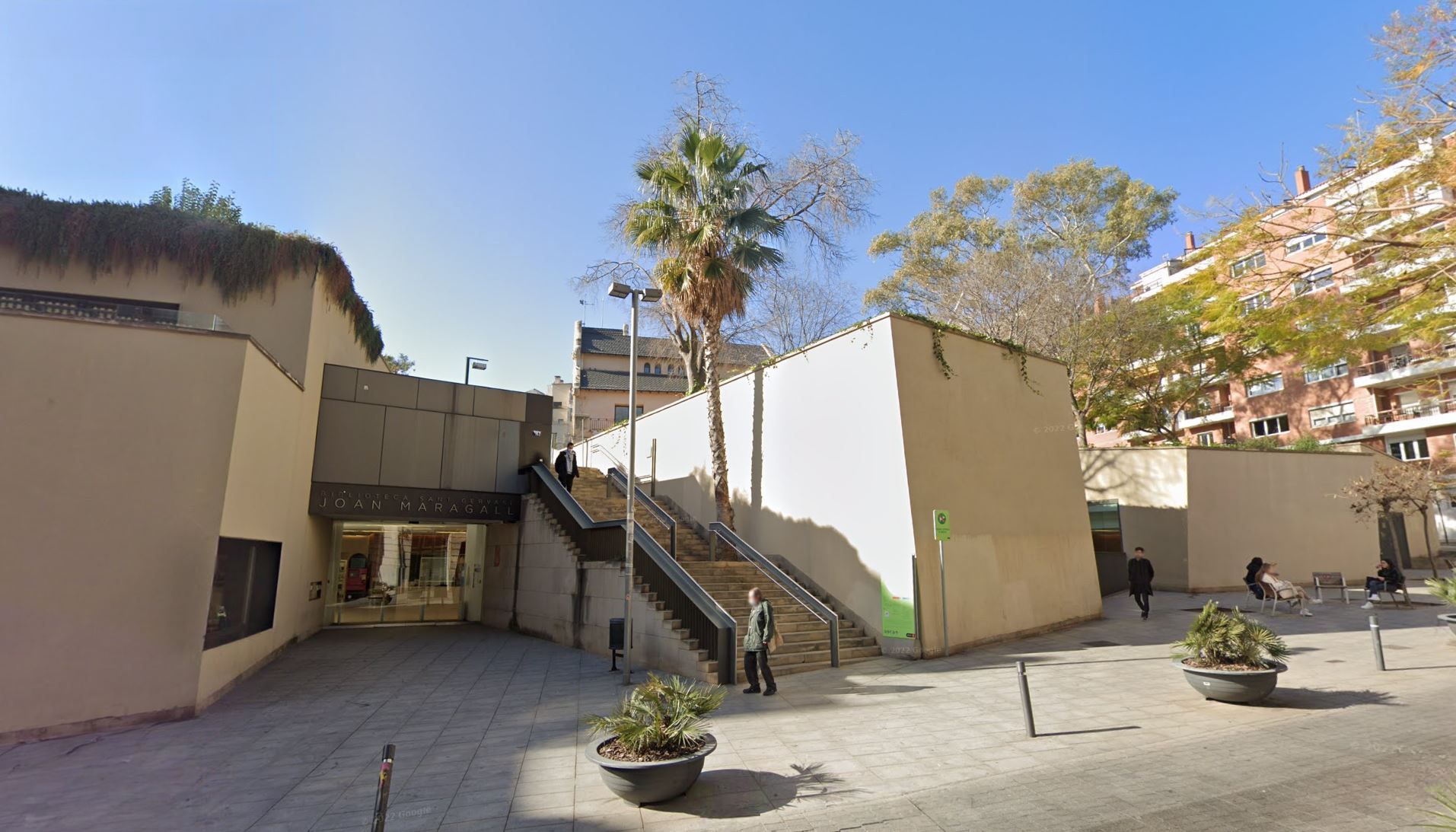
Cities are environments of social interaction. Public space structures the city. The urban quality of a city can be assessed by the quality, programming and location of its public spaces. A common approach is to think public space (exterior) and building (interior) as distinct. To what extent can they be integrated? Urban Space and Building could be conceived without conceptual differentiation. In other words, a plaza can be open or covered and a school can be open or covered, and both are part of an urban continuum. In this scenario we could say that Public Space is Architecture and Architecture is Public Space. A building can be thought of as an integral component of the public space, as a moment, a particularity of the range of uses and perceptions that make up urban life.


